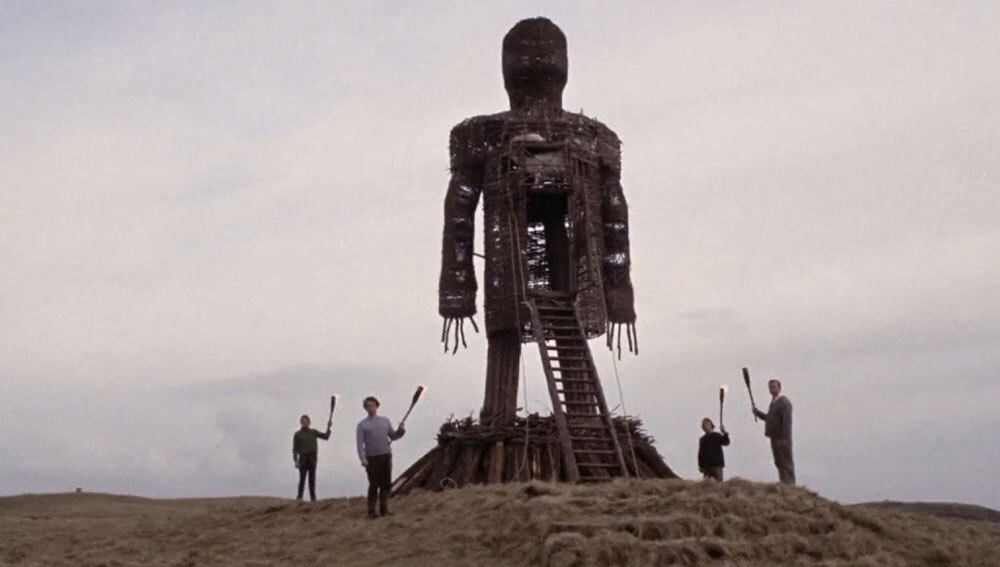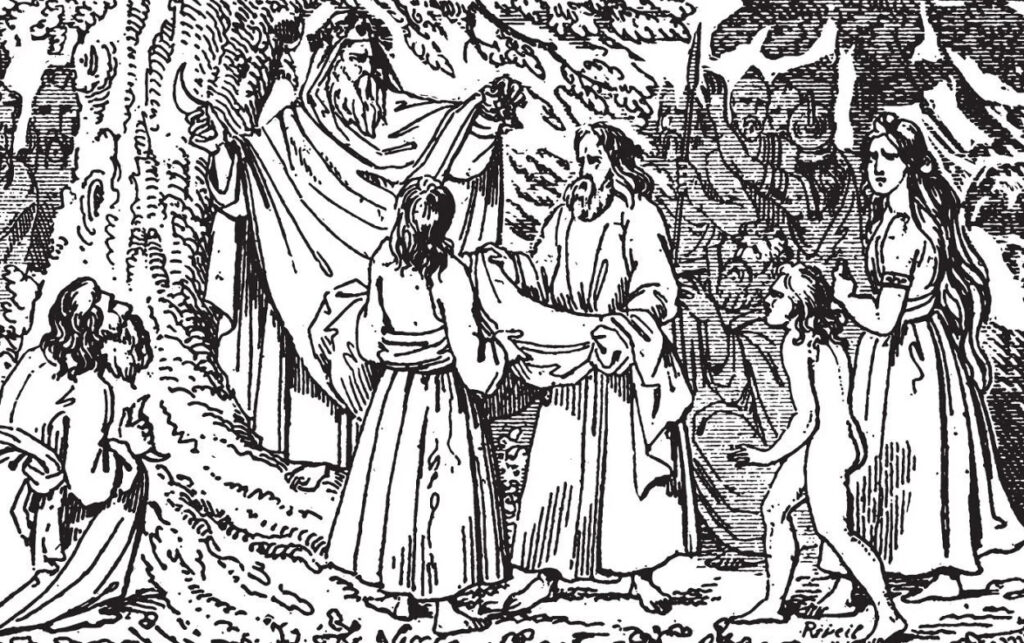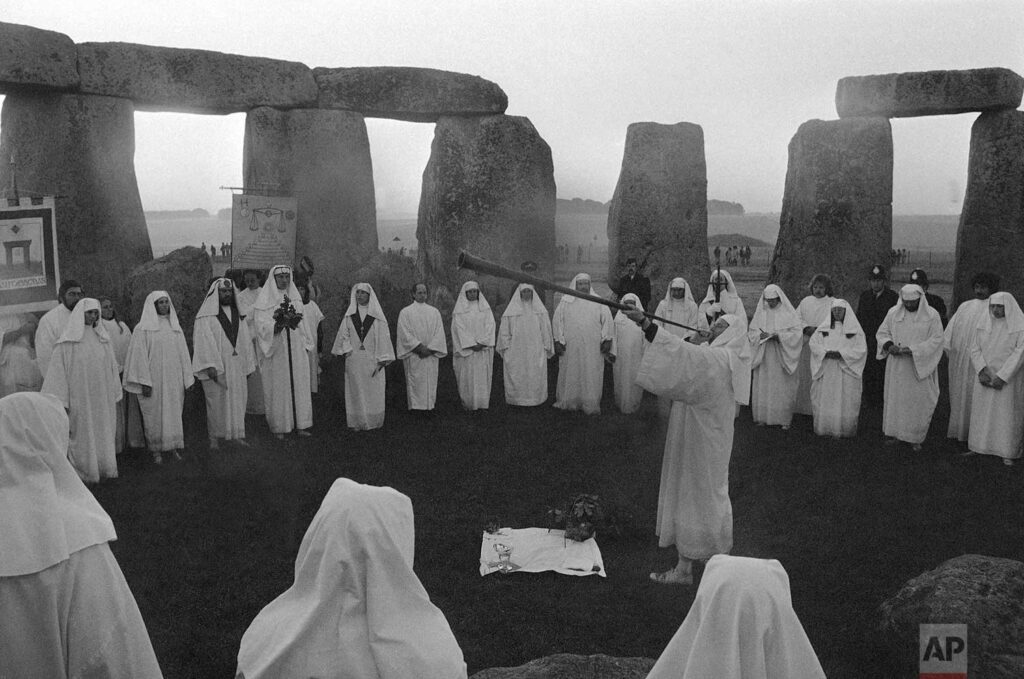Druids were the priests and religious leaders among Celtic tribes and are known to have existed across the Celtic world from Ireland to Germany.
What little we know about them comes from observations from writers from other cultures, especially the Romans, and from more modern folklore.
While it is believed that the Druids were literate, it is also believed that they were forbidden from writing down their secrets.
What we know of the Druids is that they were considered priests among the Celts and set apart in many ways.
While they may not have been considered sorcerers, magical practice does seem to have been within their realm of knowledge, which was passed down orally.
They conducted their arts in natural spaces, especially oak groves.
Plus, while their day to day activities were probably much more mundane, desperate times could call for more serious interventions, including human sacrifices.
Let’s take a closer look at what the sources actually say about the ancient Druids, and also talk about the modern Neo-Druidic order that emerged in the 18th century.
The Romans on the Druids

The oldest surviving description of the Druids comes from none other than Julius Caesar, the famous Roman general, who encountered these priests during his campaigns in Gaul and Britain in the 1st century BC.
Caesar said that they were a separate priestly class in Gallic Society, and that the group was ruled over by a single leader until his death.
The idea of a priestly class may be at least partially borrowed from ideas of Roman priestly colleges. Caesar goes on to state the Druids met annually at a place in Gaul, but also went to Britain to study, making pilgrimages that sometimes lasted 20 years.
The Druids were not warriors and were exempt from things such as military taxes and enlistment.
However, the Roman historian Tacitus contradicts this assertion when he describes the Roman invasion of Anglesey in Wales.
Archaeology has confirmed Tacitus’ assertion that Anglesey was an “island of the Druids”. Tacitus says that when the Romans attacked, they were confronted by an army that included women dressed in black and Druids.
However, this would have taken place around a century or so later, and desperate times may have meant that everyone had to fight.
But Tacitus also suggests that the Druids served a specific spiritual purpose in battle, as they raised their hands to the skies and changed dreadful incantations that terrified the Romans.
According to Caesar, they studied history, medicine, astrology, and philosophy, and used their knowledge to help their people in other ways.
But it is also Caesar who said that the Druids did not write down their practices, though they did use symbols for various purposes.
The Druids are sometimes described as bards, which suggests that they played an important role in passing on knowledge orally.

Caesar also suggested that the Druids conducted human sacrifices, using criminals as victims.
He suggests that they were sacrificed through burning in the form of a wicker man.
This is when a large effigy is made of wicker and then the victim placed in the center.
While archaeology does not reveal evidence of wickerman sacrifices, Lindow Man was deposited in a bog in England in around AD 60, and there is good evidence that he was a human sacrifice since he was killed three times, by blunt force trauma, strangulation, and throat cutting.
Some scholars suggest that he was sacrificed to help persuade the Celtic gods to stop the Roman invasion.
Tacitus says that the altars of the Druids in Britain were located in groves and that the Druids thought it necessary to cover their altars in the blood of their enemies.
Other sources suggest that these must have been oak groves and that the mistletoe that grew among them were proof that they were sacred.
Tacitus also suggests that they used human entrails for divination practices, while Pliny the Elder says that they age the flesh of their enemies in ritual cannibalism to gain spiritual powers.
It is hard to know how much of what the Romans say about the Druids is true, since they are looking in as outsiders, and could have misinterpreted things they saw or were told.
The Romans also had a vested interest in describing the Celts as barbarians who would benefit from Roman rule.
But stories usually have a grain of truth in them, somewhere.
Christian Monks on the Druids

The other major source for what the Druids were like in ancient times is texts written down by Irish and British scholars in the Middle Ages, particularly between the 8th and 10th centuries.
It is worth noting that most of the British Isles had been Christian for centuries by the time these texts were written.
An Irish account from this period called the Uraichech Becc suggests that the Druids had supernatural abilities and magical powers, including but not limited to divination.
A Welsh account called the Hywel Dda sets out laws pertaining to Druids, and refers to them as priests and profits rather than sorcerers and wizards.
A burial found at Colchester, England in 1996 contains a body dated to the 1st century AD that was accompanied by medical equipment, divination tools, and herbs.
He is assumed to be a Druid and suggests that he had a wiseman or shaman position.
Neo-Druidism

In the late 17th and early 18th century, there was a renewed interest in the history of the Druids.
Writers, such as John Aubrey, began to flesh out the role of the Druids in the history of the British Isles.
For example, he connected the Druids with the construction of Stonehenge, which is inaccurate since the stone circle was constructed around 2,000 years before the time of the ancient Druids.
This interest in the ancient Druids led to the creation of modern Druidic orders.
Because it is a revival rather than a continuation of an ancient belief system, Neo-Druidism is considered a branch of neo-paganism, but inspired by Druidic roots.
It is a religion that emphasizes connection with nature and neo-shamaic beliefs.
Druidry tends to be an animist religion, suggesting that you can communicate with the life force or certain places or forces, but beliefs are much more varied when it comes to how these relate to a broader spiritual whole.
Monotheism, polytheism, and goddess worship are all common among modern Druids.
Awen is the concept of divinity in Druidry which is portrayed as the flowing spirit that connects all things and can be invoked by a Druid.
Awen derives from the Welsh and Cornish terms for inspiration. Ancestor worship is also a common element, with “the ancestor” usually treated as a collective power for good.
Rituals involve honoring nature, aligning with the cycle of the year, and learning tree lore and herbology.
Druids Ancient and Modern

While millennia separate modern Druids from their ancient counterparts, they share a belief in the power of nature and the ability to work with nature to obtain positive outcomes persists, but thankfully, the occasional human sacrifice is rare these days.
Joking aside, Druidism represents a spiritual journey for many of its practitioners and attracts new members each year who find themselves uplifted by developing a deeper connection with the world around them.
If you are interested in Druidry, ancient or modern, you might find some of the Celtic pieces in the VKNG Collection inspiring.







